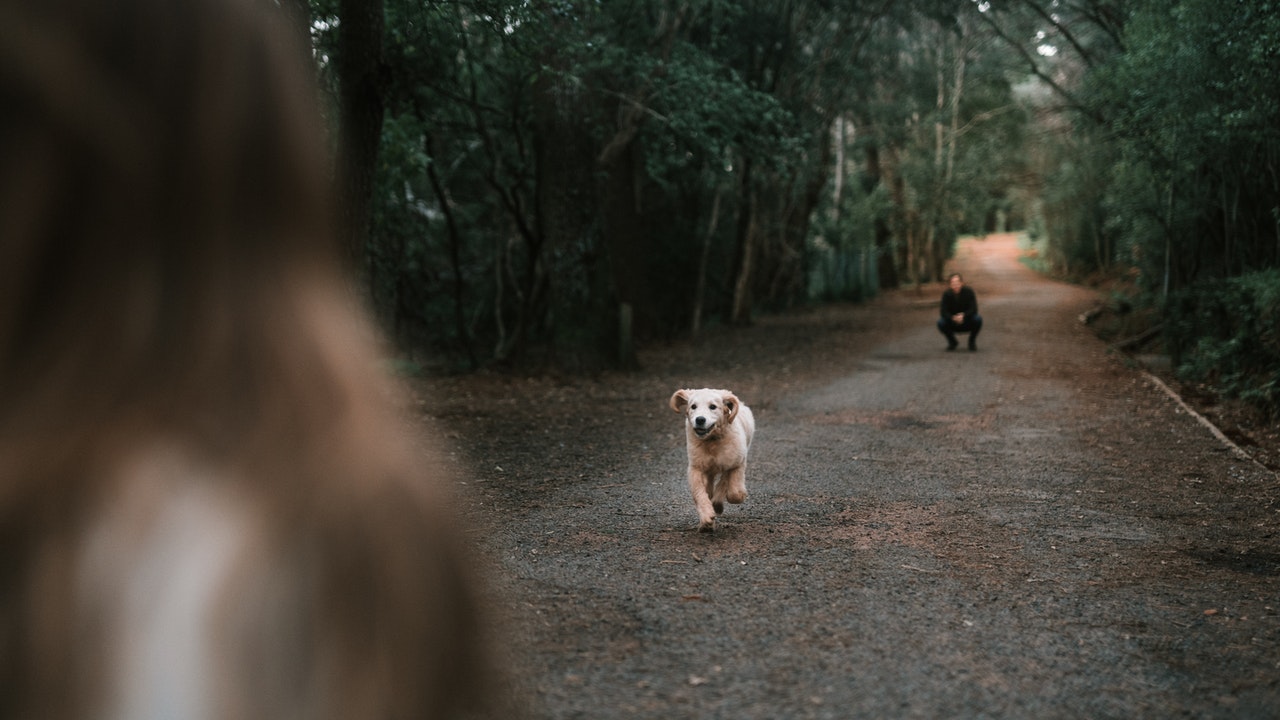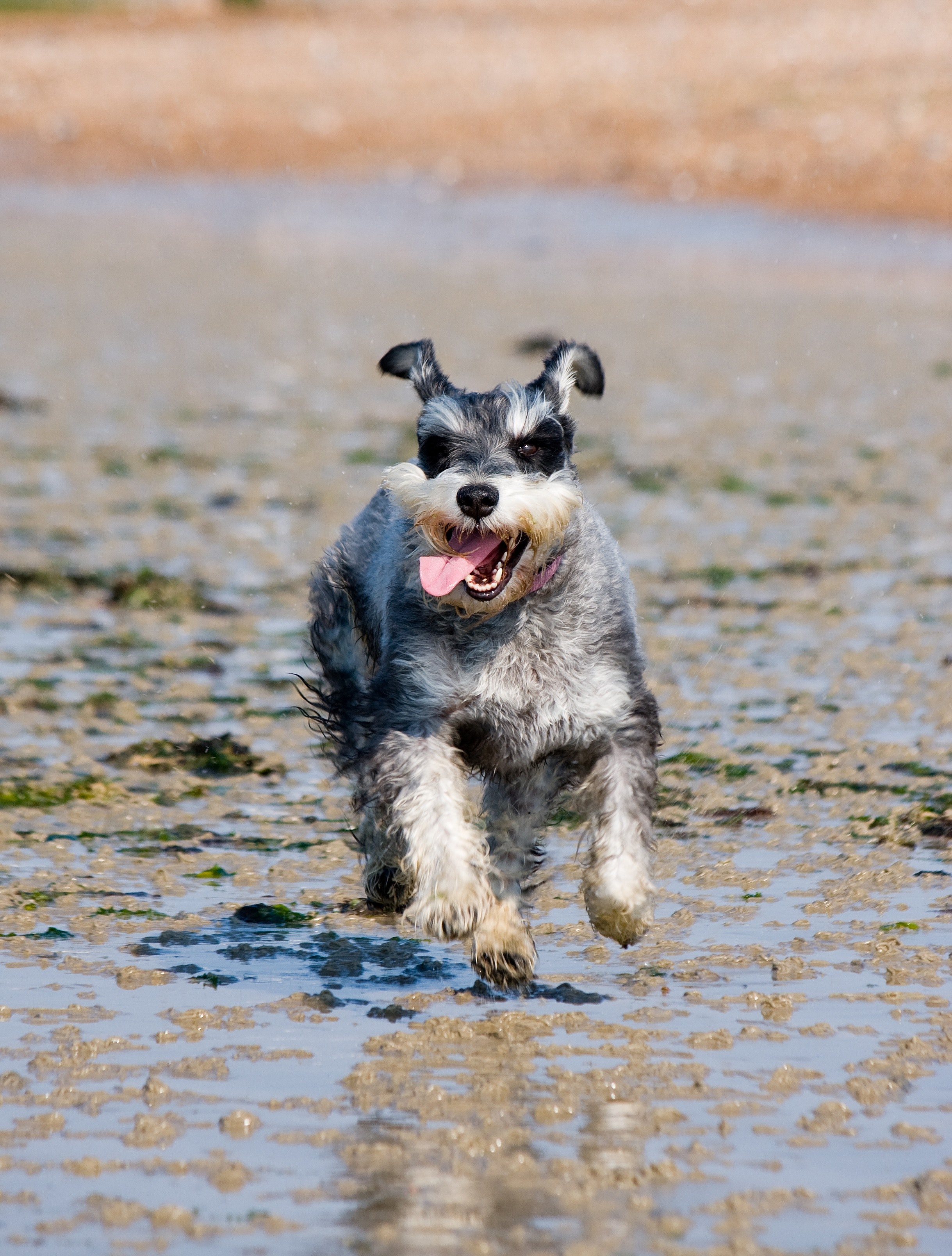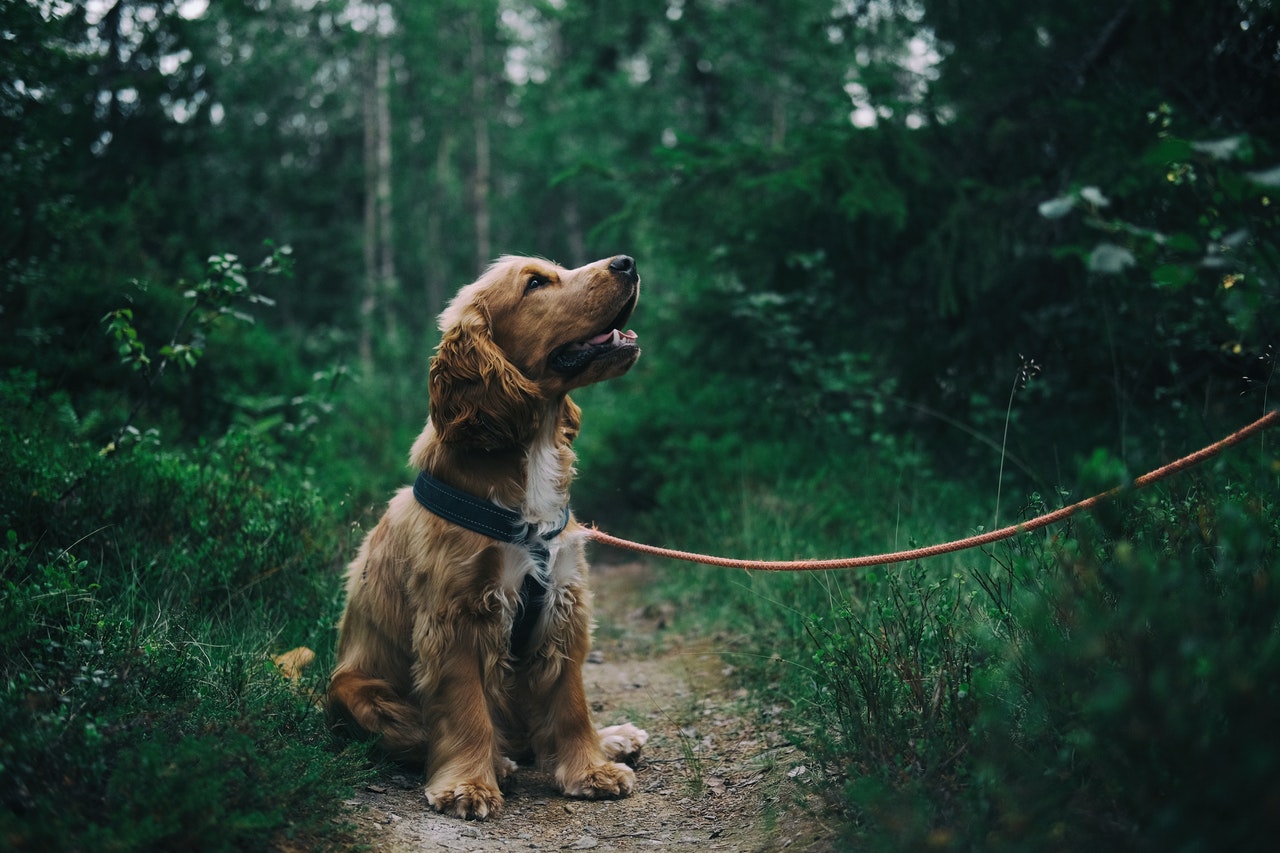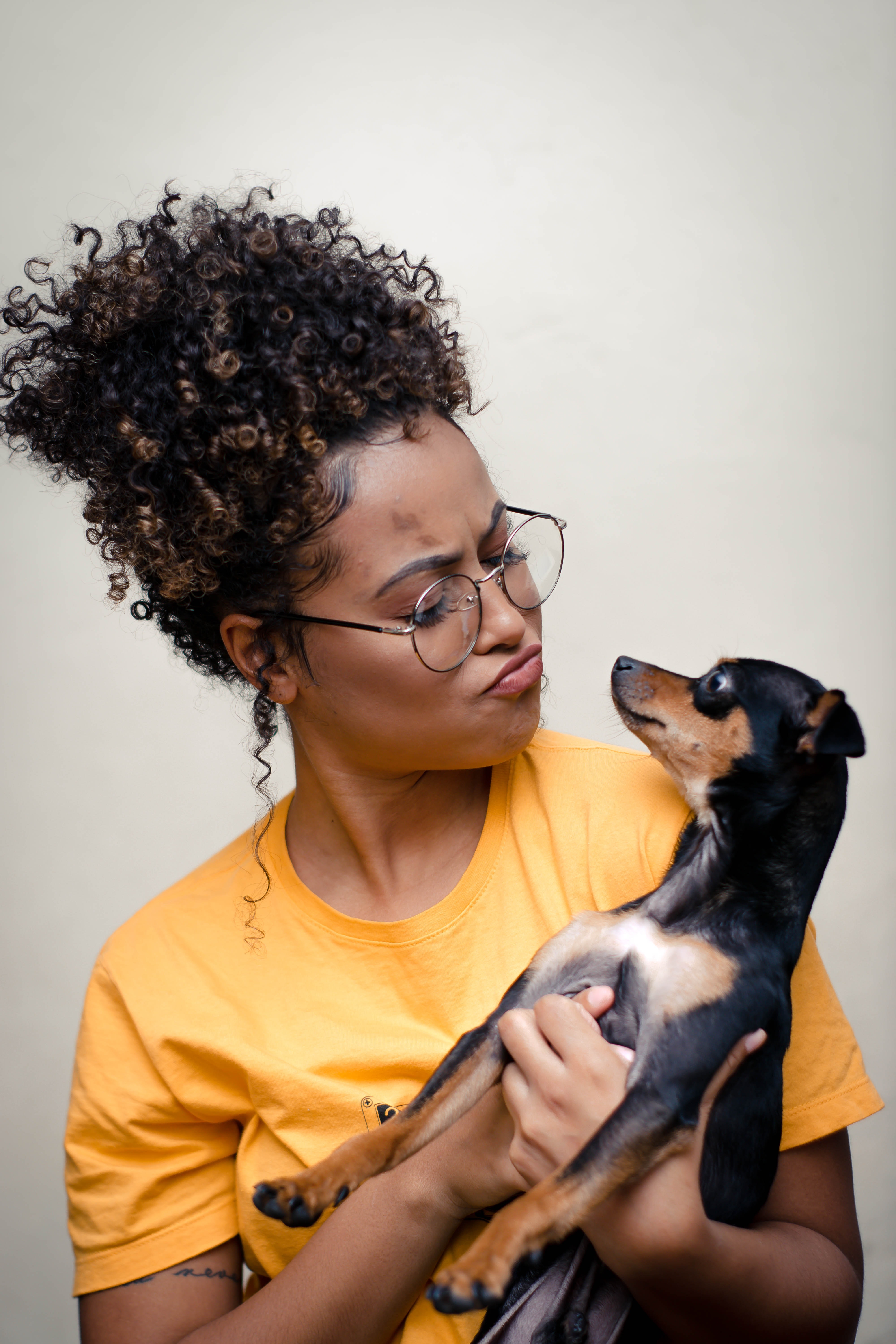Training Your Puppy to Come Reliably
Training your puppy to come to you reliably in any location and situation is the single most important skill she could learn. It is the go to command not only to keep her safe but also out of trouble for example; calling her to you instead of letting her run after the mailman.
However, it's important to remember dogs live for the moment. There is always a chance she might not respond to your call depending on what drives her motivation at any given moment. The goal here is to get as close to 100% as possible. Learn the best practices to improve your recall training success.
Some breeds are simply harder to train especially from the Hound family. This includes but not limited to the Beagles, Bloodhound and Basset. Their keener sense of smell even by dog's standard combine with their natural instinct to track is often too tempting for them to ignore! Training your puppy to come is still important but prepare to be extra patience and vigilance where training safety is concern.

4 methods on training your puppy to come
The end goal of training your puppy to come is associating the notion of 'Come' with being together with you. That's it!
Now for that to happen you must be the embodiment of leadership, reassurance and rewards. Here are 4 methods for you to choose from depending on your preference and what will suit your dog best.
Remember: You don't have to use the word 'Come' as the actual command. You could use ' Come here', 'Double down' or whatever make sense to you.
Method 1) Word and hand gesture conditioning (Great for puppies just starting out!)
- Hold a treat with one hand. Hold your other hand palm out just 2 to 3 inches from your puppy's nose. The instant she touches or sniffs your palm with her nose, you say 'Come' and give her the treat. Don't praise her here. Avoid possible misunderstanding of the 'Come' command with your other words of praise. Your treat is reward enough.

- Rinse and repeat about 3 to 4 times per training session. Anymore than that might stress your puppy out. Spread the training sessions about 4 to 5 times over the course of a day.
- With consistent success over the course of a few days, you can now move the training to different parts of the house and eventually outdoors.
- Now practice flashing your palm without saying 'Come', reward your puppy with a treat the instant she sniffs or touch your outstretched hand. Alternate between practicing with and without saying 'Come'.
- Practice and increase the distance about 2 to 3 steps further away from your puppy. With consistent success, move further away another 2 to 3 steps and repeat, building distance in time. If your puppy has difficulties performing consistently, retract back a previous stage and work your way up with her again.
Tip: Mealtime is a great way to integrate training your puppy to come practices. Use a portion of her food instead of treats.
Method 2) The collar and lead recall
Of course for this particular training your puppy to come practice, she needs to be comfortable with a leash on to begin with. And why not? Learning to walk with a lead is just as essential too! For safety reasons, it pays to put equal emphasis on both leash walking and recall as soon as possible.
Note: This method also requires your dog to be proficient with the 'Sit' and 'Stay' commands.
- Attach a 2 meter long leash to your puppy and command her to 'Sit'.
- Turn and walk out the full length of the leash gently without pulling your puppy and disrupting her 'Sit' position.
- Pause. (Vary the duration each time.)
- Now face your puppy bending toward her a little for easier eye contact and issue the 'Come' command. You could also combine the 'Come' gesture of Method 1 and raise your hand palm out towards her.
- Encourage and praise her as she approaches you. Keep her focus on you! This is by far the most important step. Never let frustration gets the better of you, your puppy will sense it. Always sound upbeat and positive no matter how slow progress seems. Don't pull her towards you with the leash especially if she is already walking towards you no matter how slow progress.
- If she hesitant or start to walk away from you, gently give her a tug with the leash. The keyword here is gently!
- Keep quiet when she starts to turn away from you. Only start to encourage her verbally when she stop in hesitation or making her way toward you.
- Reward her with praises, attention and treats the instant she manage to complete a recall.

As training progress, you can extend the distance and leash by 3 meters than 4 meters and so on, slowly working up your recall range. Flexible leashes are great for this exercise! They are basically adjustable leashes attached to a reel with a handle for you to hold.
With success, gradually introduce more distracting environments. In fact, you can add your own distraction in the safety of your home early on by having another family member or members just pacing around you. But only do so when she is already doing well with no distractions.
While most dogs learn to 'Come' quickly on a leash, it pays to maintain the use of the leash for as long as 3 weeks in multiple locations to cement the recall training before attempting without it. Additionally, for unleashed training, you could further entice her with a desirable toy or treat unique to this practice.
Keep recall practices to 3 or 4 times per session regardless of success or failure. Space out 4 to 5 sessions in a day with plenty of breaks in-between. Anything more might be too stressful for your little one.
Method 3) Hide-and-seek recall
This training your puppy to come method of reverse psychology is especially effective for puppies who tend to give in to temptation and wander away from you. Instead of chasing after her, make yourself irresistible and have her come to you instead!
- Pick a safe location (start off at your home thou safe outdoor locations are preferred), hide yourself well about 30 - 40 meters away, if you don't have the luxury of distance in an enclose area, hiding in a separate room will do just fine.
- Out of sight, call your puppy's name and then the 'Come' command. Don't expect her to come seeking you immediately at first. Repeat calling her name and the command every once in awhile.
- Your puppy would usually try to seek you out after awhile. Say 'Come' the instant she finds you! If she couldn't find you after awhile, which is even better, reveal yourself and say 'Come' as she runs toward you. Praise lavishly and reward her with treats. Make it an event every time!
- Play this game a few times each day. With consistent success, introduce more distractions to the environment as training over the course of 2 - 3 weeks.
- Gradually use the 'Come' command even when you are not playing the game. Remember to reward her with treats and praises!
- Hide-and-seek is still a great bonding game to play even if you feel that your puppy had already 'graduate' from the training. Play it with her often!
 ' I see you...'
' I see you...'Method 4) Training your puppy to come via whistle and treats
The advantage of using a dog whistle is the far greater distance the sound of a whistle can cover compared to a voice command. It is also distinct enough to grab the attention of even the most preoccupied dogs!
In fact, every training your puppy to come method listed on this page can and should use the whistle in conjunction with the voice command 'Come' interchangeably. You do so simply by blowing the whistle once after every verbal 'Come' command to assimilate their recall objectives during the early days of training.
Besides the whistle and treats, your puppy will also need to know the 'Sit' command prior this method.
- Show and let your puppy sniff the treats. Don't give her any yet.
- Start with a few meters at first. Walk or jog backward ( Please be careful! ), command 'Come' then blow the whistle once. The prospect of treats and you backing away should encourage her to run to you eagerly. If your puppy fails to respond, get closer and try again.

- When she arrives at your target distance in front of you, praise and reward her with a treat immediately.
- In time and with progress, you can now dispense or use the verbal command 'Come' sparingly. In it's place, just use the whistle as your recall command.
- At this phase, introduce the 'Sit' command into the training when she returns to you. Make this the new routine to earn your praise and treats from now on.
- After 3 weeks of consistent success, start using treat rewards sparingly. The key here is breaking routine and giving food as rewards less often but never completely eliminate it as a practice. You still want your puppy to come to you with the prospect of treats.
Quick tips on training your puppy to come
- Don't make it a habit of calling your puppy just to put her on a leash when it's time to go home after a walk!
- Training your puppy to come before meals yield better results for treat base training.
- Play a game with her between training to maintain interest.
- Once your dog reach the point where she comes to you reliably, add the 'Sit' or 'Wait' command. Either command needs to be taught exclusively before using in conjunction with 'Come'.
For more best practices on training your puppy to come, click here.
Go to Training Your Puppy to Stay
Do's and Don'ts' of Training Your Puppy to Come
Go back to How to Train a Puppy
Go back to New Puppy Care Guide (Homepage)
- Home
- Puppy Training
- Puppy Recall Tips